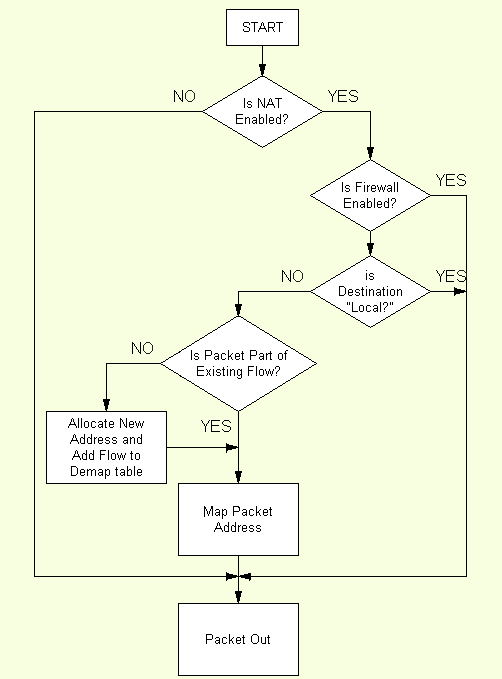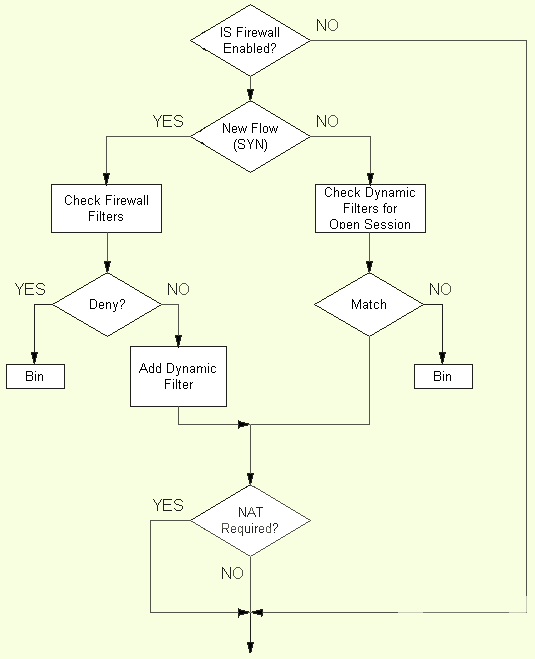Introduction
- My model summery
- Allied Telesyn's documentation library on there New Zealand website.
- Allied Telesyn's Software Features summary on there New Zealand website.
All models include a basic software and configuration in PROM, plus the current software and configuration in Flash Memory.
Network interfaces
The interfaces provided vary with model but basicaly fall in to two catagories.Ethernet interfaces
These can be ina any of the common veriants depending on the model.- 10baseT
- 10baseFX
- 100baseT
- 1000baseT
WAN interfaces
These all present to the higher layers, as PPP Interfaces, which are implimented over, one or more of Serial, PSTN, ISDN-2, Digital Data Circuits such as BT Kilostream, Frame Relay, T1, E1, ISDN-30, ....The PPP implimentation is mutli link capable. The available bandwidth on a circuit may be dynamicaly varied by adding or subtracting ISDN chanels as requierments vary.
Virtual Interfaces
These can be created, using protocols such as L2TP, to allow the routing accross WAN links or multi hop connections of data that would not normaly be valid.- VJC Header
- STAC LZS Software to 128,000 bps
- STAC LZS Via Hardware option card to 2Mbps? AR-011 AR-012
- Predictor
Encription
Hardware 56-bit DES, 2-key and 3-key 3DES encription is available as a hardware modual for use where permited. AR-010 AR-011NAT and IP filters
Network Address Translation and, IP filters can be applied to network traffic received.Optional Feature Licencess
The functionality of most of the Allied AR-xxx and, Rapier Switches. Can be extended, with Feature Licences.Please note the usefullness of these depend on the unit, having sufficent processing power, and memory to handle the task. So do not use on AR-1xx, and AR2xx units.
The variouse feature licences are interdependent, so cirtain features include others.
Allied Statefull Firewall {AT-0014}
This adds a statefull firewall, to the basic IP/IXP/... filters. Rules are created to allow the initial packet of a connection, when a connection starts dynamic filters are added for that connection. The workload from filtering thus depends on, the number of active connections, rather than the number of filter rules created.Includes dynamic proxies for :-
Also include SSH and its associated encription licences.
Secure Shell
Licence for Secure Shell. Note this includes RSA support.DES/3DES encription {AT-013}
Allows for 3DES encription on a PPP link to another Allied Telesyn Router.ISAKMP
ISAKMP is listed as a fearure, as it requiers a licence for RSA encription to work. In practise if you are using ISAKMP you will alread have the necesary licence from one of the other features.Maintenance
Maintenance
Compresion
Number of compresion options are available,Compresion may be at the link layer, or in the form of IP payload compresion. Which allows compresion of suitable packets be for encapsulation and encription. This is performed in an optional hardware modual.
Accessing Router
Via Serial port
Connect a Terminal or PC with emulation software to Serial port 0- VT100 emulation
- 9600 baud
- 8 data
- 1 stop
- No Parity
- Hardware Flow Control
- Username manager
- Password friend
Switch on router, Diagnostics mesages should be displayed as unit boots. Note There is a prompt to stop loading of software/configs from Flash, If you have realy messed it up.
Via network
If telnet management is enabled you can telnet to the router from a PC or Netterm.Via ISDN
If router was configured for dial in access then you can access it via an ISDN call. See notes in diagnostics section fro setting up the client.If all else fails
- Switch off router.
- Find a small non conducting pointed object {The cap off a BIC pen is ideal}.
- Flick switch 2 on the back of the router up.
- Power on
- Serial port as above
- Ethernet port 0 enabled on IP address 192.168.44.2/24
- ISDN enabled auto detect, accept inbound calls {If software at level 1.8.1 or above}
How Packets are processed
Receive logic

IP protocol logic

NAT logic

Filter logic
